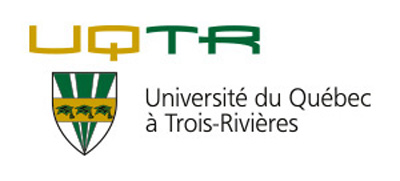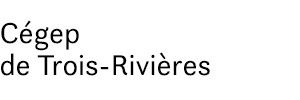Related projects
Discover more projects across a range of sectors and discipline — from AI to cleantech to social innovation.
Mitacs brings innovation to more people in more places across Canada and around the world.
Learn MoreWe work closely with businesses, researchers, and governments to create new pathways to innovation.
Learn MoreNo matter the size of your budget or scope of your research, Mitacs can help you turn ideas into impact.
Learn MoreThe Mitacs Entrepreneur Awards and the Mitacs Awards celebrate inspiring entrepreneurs and innovators who are galvanizing cutting-edge research across Canada.
Learn MoreDiscover the people, the ideas, the projects, and the partnerships that are making news, and creating meaningful impact across the Canadian innovation ecosystem.
Learn MoreWe will determine use levels and patterns of selected pharmaceuticals in the Manitoba population and selected subpopulations, and to investigate the magnitude of such use during episodic events (e.g., resorts occupied only part of the year, with likely different drug use patterns). Our hypothesis is that an appropriate analysis of surrogate materials, namely wastewaters, provides a realistic measure of the amount and types of many drugs used by the public, and the extent to which these drugs may contaminate surface waters receiving wastewater discharges through tracer analysis.
Characterizing drug usage helps ascertain overall public health status, as it estimates how much drugs are needed for ailments. However, typical means to assess this information, such as sales and prescription records, have several major disadvantages, e.g., they do not indicate actual use. Questionnaires depend on accurate reporting, which may not be forthcoming for various reasons (e.g., privacy concerns).
Because drugs are incompletely metabolized, they are excreted into sewage systems, and thus go into wastewater treatment facilities.
Indeed, some household chemicals, such as the artificial sweetener sucralose, are poorly metabolized and appear to be environmentally stable, so its presence in the environment can indicate contamination by wastewaters. Sewage measurement would provide an objective, anonymous (i.e., no personal information needed, therefore protecting privacy), and aggregate means to assess drug consumption, if residues found in wastewaters could be correlated to use. However, current measurement efforts can be quite inaccurate. For instance, drug use can vary by season or even time of day. Most monitoring studies simply grab water, and thus do not accurately capture common short-term concentration changes.
We will estimate overall levels of Manitoba drug usage through analysis of wastewater influents in selected communities representing a cross-section of the province. Urban areas are represented by Winnipeg’s treatment plants. Less populated rural communities are represented by the sewage lagoons of Morden and Winkler in southern Manitoba, site of previous work by a MITACS student. Areas with significant seasonal variations in occupancy and therefore likely different drug usage, such as recreational and resort regions, are represented by Grand Marais near the shores of Lake Winnipeg.
Unlike previous efforts, we will take advantage of passive sampling technology to obtain continuous, time-weighted-average concentrations of drugs, using appropriate calibration rates we helped develop. These samplers will be deployed in wastewater effluents and influents sequentially to determine spatial and temporal trends in concentrations measured by ultrahigh performance liquid chromatography-tandem mass spectrometry. With treatment flow rates, we calculate drug inputs and outputs, which we believe from earlier work to be constant per capita given ubiquitous use. Sucralose sewage loadings will determine how much “dilution” of sewage is present in surface waters that contain this chemical, helpful for mapping the extent of wastewater impacts in Manitoba.
This work will provide objective and overall data on drug use rates and patterns in the Manitoba population, which is currently lacking.
Charles Wong
Yes
University of Manitoba
Globalink Research Internship
Discover more projects across a range of sectors and discipline — from AI to cleantech to social innovation.
Find the perfect opportunity to put your academic skills and knowledge into practice!
Find ProjectsThe strong support from governments across Canada, international partners, universities, colleges, companies, and community organizations has enabled Mitacs to focus on the core idea that talent and partnerships power innovation — and innovation creates a better future.













































































































































































































































































































